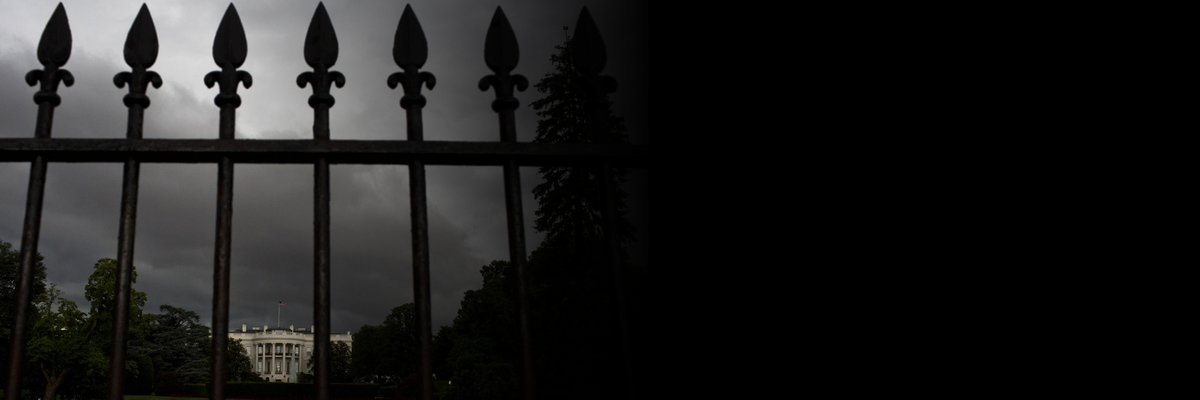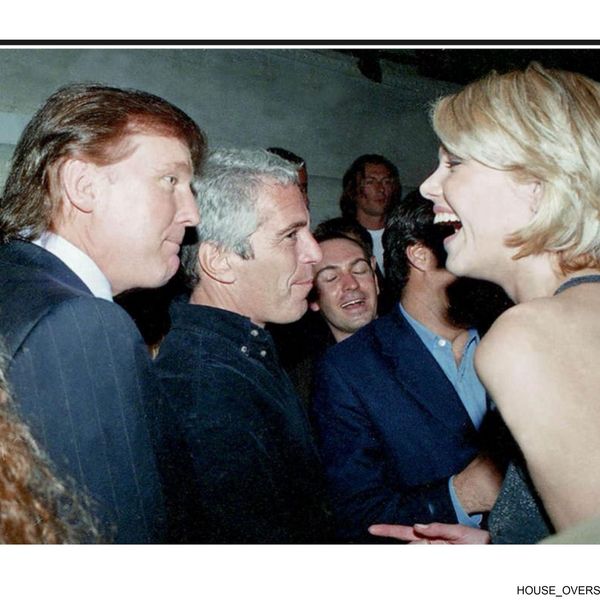Tens of thousands of people formed "a human chain" around Japan's parliament Sunday demanding the government abandon nuclear power - the latest in a series of peaceful demonstrations on a scale not seen in the nation for decades.
Protesters were angry the government restarted two reactors earlier this month despite safety worries after the multiple meltdowns at the Fukushima Dai-ichi nuclear plant in March last year. The reactors were the first to return to operation since May, when the last of Japan's 50 working reactors went offline for routine checks.
Banging on drums and waving balloons and banners, protesters marched from a Tokyo park and lined up along the streets around the parliament building chanting, "Saikado hantai," or "No to restarts," and later lit candles.
Earlier in the day the crowd had marched past the headquarters of Tokyo Electric Power Co, the company at the heart of the worst nuclear crisis since the Chernobyl disaster in 1986.
"We are here to oppose nuclear power, which is simply too dangerous," Hiroko Yamada, an elderly woman from Saitama prefecture near Tokyo, said.
"All these people have gotten together and are raising their voices," said Shoji Kitano, 64, a retired math teacher who was wearing a sign that read, "No to Nukes."
Organizers used Twitter to spread details of the planned protest and aimed their message at ordinary people by banning participants from carrying banners with the names of unions and political groups and creating special areas for families with children.
Kitano said he had not seen such massive demonstrations since the 1960s. He stressed that ordinary Japanese usually don't demonstrate, but were outraged over the restarting of nuclear power.
Similar demonstrations have been held outside the prime minister's residence every Friday evening. The crowds have not dwindled, as people get the word out through Twitter and other online networking. A July 16 holiday rally at a Tokyo park, featuring a rock star and a Nobel laureate, drew nearly 200,000 people.
* * *
# # #





